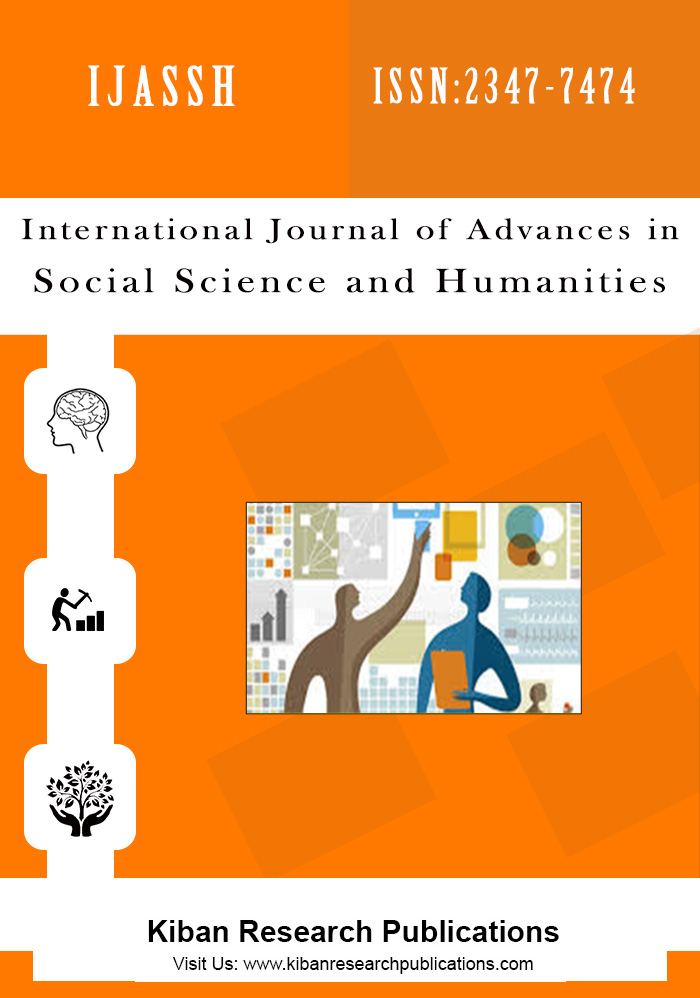Little Hands in the Trap of Child Labour: Employment Patterns and Causes with Special Reference to District Anantnag (Jammu and Kashmir)
Abstract
The present study “Child Labour†conducted on the sample of 150 respondents from district Anantnag under objectives: (i) To study the socio-economic background of child labour (ii) To study the employment patterns of child labour. (iii) To study the causes of child labour. The primary as well as secondary data was collected from the relevant sources. A well constructed interview schedule was used to collect the primary data from the respondents. Analysis revealed that an overwhelming majority of respondents having insufficient parental income; less working options; and geographical condition of District Anantnag was most important factor which forcing them for labor work, followed by the respondents having labour as their family occupation. Much of the children were engaged in carpet making and also others were worked at employers home. So, it can also easily be inferred that evil of child labour is born of poverty and other economic reasons.
Keywords: Child Labour, Employment Patterns, Causes, Illiteracy, Working condition, Education, Poverty.
References
AK Kanth, Anupama Sahay (2004) Globalization, Vulnerability and Child Labour: Indian Context, Journal of V.V. Giri, National Institute, New Delhi.
Accelerating Action Against Child Labour (2010) Global Child Labour Trends 2000, 2004 and 2008.
Aggarwal Suresh Chand (2008) Child Labour in India: Magnitude, Trends and Distribution: Evidence from the55th and 61st NSS0 Rounds International Journal of Employment Studies.
Aggrawal Suresh Chand (2004) Child Labour and Household Characteristics is Selected States Agriculture. Kurukshetra. 54(7):21-28.
Ahmad Ashad (2004) Child Labour in India: A Politico-Legal Study, Kalpaz Publications, New Delhi.
Basu K (2005) Child Labour: Cause, Consequence, and Cure, with Remarks on International Labour Standards, Journal of Economic Literature, September 10-83.
Gomongo SP(2001) Child labour, A Precarious Future, Authors press New Delhi
International Labour Organization (2013) Marking Progress Against Child Labour: Global estimates and trends 2000-2012, ILO, Geneva,
Ravallion M, Wodon Q (2000) ‘Does child labour displace Schooling Evidence on behavioral responses to an enrolment subsidy’, The Economic Journal, 110:158-175.
Subhash Barman (2011) Socio-Economic and Demographic Impact on Child Labour in India Journal of Alternative Perspectives in the Social Sciences 3,(2):376-40




